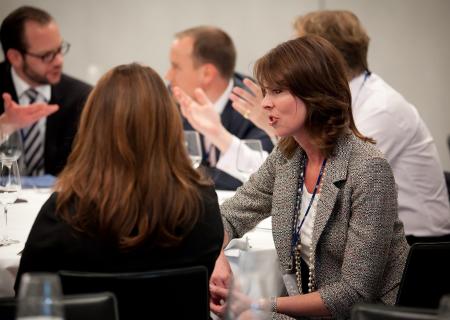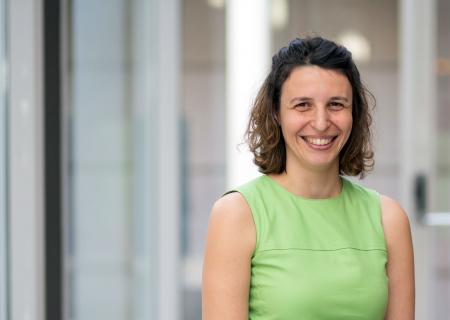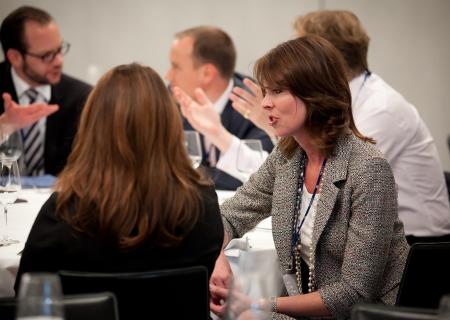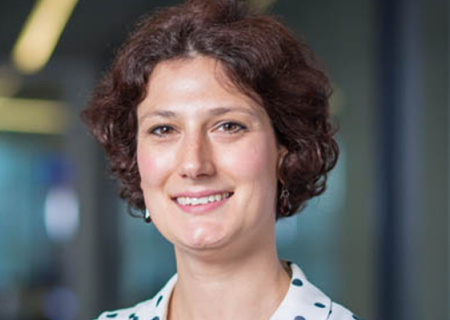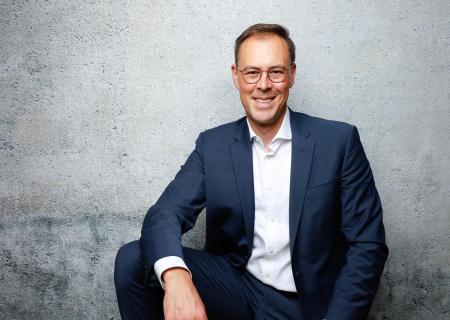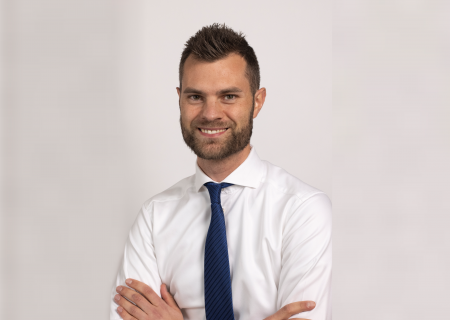Eric Adler
CEO Pramerica Real Estate Investors
The role of the GP is one that investors will continue to value, says Eric Adler, CEO of Pramerica Real Estate Investors and member of the INREV Management Board. He talks to IQ about the changing shape of the industry and how INREV can help manage the future.
Still only recently into his new role as CEO of Pramerica, Eric Adler is understandably fired up about the opportunities and challenges facing his business and the industry.
In addition to his position as CEO, Adler retains his responsibilities as CIO. It is no surprise then that discipline is vital. It is a watchword that pops up frequently. Only the discipline that Adler refers to mostly relates to the investment process. “You can’t have everything everywhere so investment discipline is key as a generalist. You need the right mouse-traps to execute your strategies.”
Given the diversity and spread of Pramerica’s real estate business it’s a philosophy that makes perfect sense. Candidly, he adds: “A lot of my job is about keeping us honest. I ask the obvious questions: Can we do it? Should we do it? Investors continue to want variety but not too many relationships, which is why we have to be disciplined. It’s difficult in terms of process, but it helps us identify what to do and what not to do. This gives us a lot more opportunity to offer investors what they want.”
CONSOLIDATION
It is an approach that Adler believes is only possible because his business is structured as a multi-product GP. He goes on to explain how the changing shape of the real estate industry will likely encourage investors to continue to seek relationships with GPs. “We’ll see the current consolidation in the industry increase. At the top of the last cycle there was a spread of multi-product GPs and mono- product specialists – a continuum. It’s normal that this should shrink with a tapering off for smaller and mid-sized businesses. There’ll always be a place for the specialist, but there’s now more distance between them and GPs. In the future, there will be greater clarity about the two ends of the continuum, but it’s hard to pin point exactly how things will look.”
Investors continue to want variety but not too many relationships, which is why we have to be disciplined.
Adler attributes much of these changes to the necessities thrust upon the market by the financial crisis. This was, he says, an opportunity for investors to review their strategies. He believes many decided to “shake out” the approaches they’d had in place previously, but that most investors will continue to retain relationships with both multi-product GPs and specialists. However, he acknowledges that GPs in general, and Pramerica in particular, will need to be clear about what their offer is.
BEYOND FUNDS AND BACK AGAIN
From market consolidation, Adler moves onto the growth in investor appetite for alternative investing structures. He sees this very much as a natural evolution.
“The larger institutional investors always had real estate in their portfolios. They knew how it worked, but after the financial crisis they wanted to be more granular in their investment targets and have greater control. As a result, alternative investing structures became appealing. Now investors have a taste for these structures, their appetites won’t be sated anytime soon.”
There will be a rebalancing back toward the fund space. We might even see sovereign wealth funds coming into this space.
Others have jumped in too. Sovereign wealth funds, for example, often begin their journey into the real estate space via joint ventures (JVs) and clubs, because these structures offer them a level of direct strategic input and control that fits more easily with the way they have traditionally conducted business.
Then comes a brief reflection on the tempting prospect of the ‘real assets’ bucket. “I can see the logic of bunching things together,” says Adler. “It will increasingly be a compelling opportunity for investors, but becoming effective takes a decade. You need to understand the underlying asset. If you know the asset class then it’s fine but otherwise it’s less obvious. The trick is who can aggregate this effectively.”
It is a pertinent point and Adler emphasises that real estate will always be a key part of real assets. As a result, he sees INREV playing an important role in ensuring that, whatever happens, the principles and guidelines are effective. It is similar to the work INREV is already doing in respect of other alternative products. Adler is quick to point out that, despite the current active interest in alternatives, traditional fund structures will remain relevant for investors of all shapes and sizes. He cites the US where large institutional investors have been less resolute than their peers in Europe about investing in JVs and clubs.
The reason, he says, is that they need to stay in structures that allow them to diversify and invest globally without growing their teams. They have also already learnt the lessons others are learning now – lessons about mission creep and how to maintain control in a co-mingled structure. The geographic factor is also key to US investors says, Adler, and it’s not just about international investment. The US itself is a massive market where local knowledge is essential to executing a diversified strategy. “Investors can best access this efficiently through some use of co- mingled funds and the intermediation of GPs.”
Adler believes the US is an example others are already beginning to follow. Before the crisis, investors were investing with small teams. They staffed up during the crisis in order to manage their own mandates and they kept these teams in place. Now, they have the scale, the capacity, and the know-how to more optimally make use of funds. “There will be a re-balancing back toward the fund space,” he says. “We might even see sovereign wealth funds coming into this area.”
SHARE AND SHARE ALIKE
Turning back to INREV, Adler talks about the “era of regulation” and the critical role INREV has in terms of mass information gathering and sharing. Specifically, he says it is a question of not only interpreting and explaining what’s happening in Brussels but also aggregating perspectives from across members. Governments and regulators are embarked upon an obvious and coordinated move to increase prudential governance across all sectors and to address the systemic issues highlighted by the financial crisis. While INREV does a great job on “being all over the real estate space”, Adler believes the next challenge is working out where future regulation might come from.
That means taking the initiative to capture and share useful information from the membership grapevine - especially from members with tentacles that reach into parallel financial sectors. “The more we are all aware of what’s going on across sectors, the better. It would allow us to head off things that could impact real estate at the same time, because a mop-up of regulation is inevitable.” He finishes by highlighting the need for INREV to expand cooperation and coordination with other industry bodies. He believes it is a simple necessity that reflects the reality of an increasingly globalised industry. He cites the US as a priority, adding, with a knowing nod, that this is something he ought to be able to help with.



